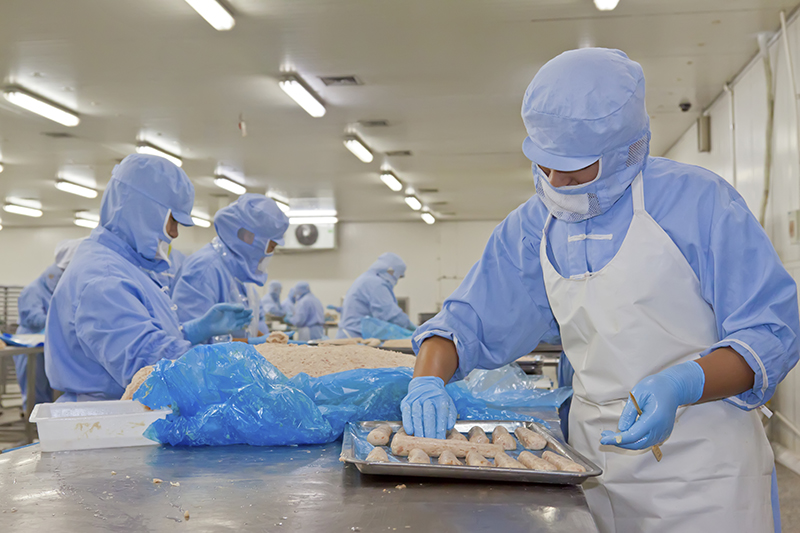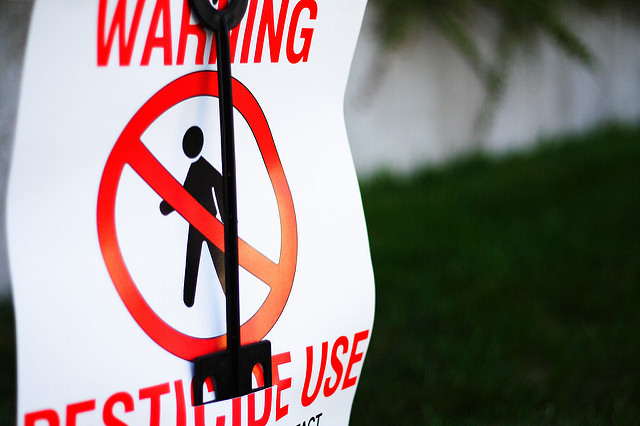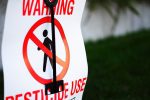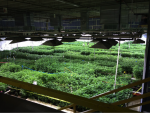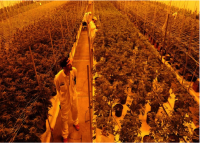Sanitation is not just sweeping the floors and wiping down the table – sanitation has a wide-ranging function in a cannabis food manufacturing facility. For example, sanitation covers the employees (and unwanted pests), food-contact equipment (and non-food-contact equipment), trash disposal (including sewage), and more. Ultimately, sanitation systems maintain a clean environment to prevent foodborne illness from affecting human health. Fortunately, there are resources and tools to ease into establishing a robust sanitation program.
Overall, the main goal of sanitation is to produce safe food, to keep consumers healthy and safe from foodborne illness. With the cannabis industry growing and gaining legalization, cannabis reaches a larger, wider audience. This population includes consumers most vulnerable to foodborne illness such as people with immunocompromised systems, the elderly, the pregnant, or the young. These consumers, and all consumers, need and deserve safe cannabis products every experience.
 To produce safe food, food manufacturing facilities in the United States must at least follow the Food and Drug Administration (FDA)’s Code of Federal Regulations Title 21 Chapter I Subchapter B Part 117, current good manufacturing practice, hazard analysis, and risk-based preventive controls for human food. Although cannabis is currently not federally regulated, these regulations are still relevant for a cannabis food manufacturing facility since the same basic principles still apply. Also, these regulations are a good resource to simplify a comprehensive sanitation program into more manageable components, between sanitary operations and sanitary facilities. With more manageable components, the transition is smoother to then identify the appropriate tools that will achieve a thorough sanitation program.
To produce safe food, food manufacturing facilities in the United States must at least follow the Food and Drug Administration (FDA)’s Code of Federal Regulations Title 21 Chapter I Subchapter B Part 117, current good manufacturing practice, hazard analysis, and risk-based preventive controls for human food. Although cannabis is currently not federally regulated, these regulations are still relevant for a cannabis food manufacturing facility since the same basic principles still apply. Also, these regulations are a good resource to simplify a comprehensive sanitation program into more manageable components, between sanitary operations and sanitary facilities. With more manageable components, the transition is smoother to then identify the appropriate tools that will achieve a thorough sanitation program.
Sanitary operations
1) General maintenance of the facilities: The buildings and fixtures of the food manufacturing facility cover a lot of ground – hiring a maintenance team will divide the responsibility, ensuring the entire facility can be maintained in a clean and sanitary condition. Furthermore, a team can build out a tool like a preventative maintenance program to restrict issues from ever becoming issues.
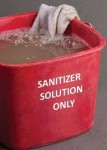
2) Control of the chemicals used for cleaning and sanitizing: Not all chemicals are equal – select the appropriate cleaning and sanitizing chemicals from reputable suppliers. Obtain the right knowledge and training on proper use, storage, and proper protective equipment (PPE). This ensures the safe and effective application of the chemicals in minimizing the risk of foodborne illness.
3) Pest control: Understand the environment within the facility and outside the facility. This will aid in identifying the most common or likely pests, in order to focus the pest control efforts. Keep in mind that internal pest management programs can be just as successful as hiring external pest control services.
4) Procedures for sanitation of both food-contact and non-food-contact surfaces: Developing sanitation standard operating procedures (SSOPs) provides guidance to employees on appropriate cleaning and sanitizing practices, to balance effective and efficient operations. A master sanitation schedule can control the frequency of indicated sanitation procedures.
5) Storage and handling of cleaned portable equipment and utensils: Cross contamination in storage can be minimized with tools such as controlled traffic flow, signage, training, color coding, and more.
Sanitary facilities
6) Water supply, plumbing, and sewage disposal: Routine inspections of plumbing, floor drainage, and sewage systems prevent unintended water flow and damage.
7) Toilet facilities: Clearly defining standards for the toilet facilities and setting accountability to everyone who uses them will ensure that the toilet facilities are not a source of contamination for the food products.

8) Hand-washing facilities: Good manufacturing practices (GMPs) include proper hand washing and proper hand washing starts with suitable hand-washing facilities. For example, frequent checks on running water, hand soap, and single use towels ensure that all hands are clean and ready to produce safe food.
9) Trash disposal: While trash can be a source of cross contamination, trash can also attract and harbor pests. Scheduling regular trash disposal and controlling traffic flow of waste are two ways to minimize the risk of cross contamination from trash.
Bonus
Even after meeting these requirements, sanitation programs can be more sophisticated. An example is to institute an environmental monitoring program to verify and validate that the sanitation program is effective. Another example is in identifying and measuring key performance indicators (KPIs) within the sanitation program that can improve not just the sanitation processes, but the operations as a whole. Principally, sanitation is cleanliness on the most basic level, but waste management can encompass sanitation and grow into a larger discussion on sustainability. All in all, sanitation programs must reshape and evolve alongside the company growth.
Sanitation is interwoven throughout the food manufacturing process; sanitation is not a single task to be carried out by a sole individual. As such, it is beneficial to incorporate sanitation practices into cannabis food manufacturing processes from the beginning. Protect your brand from product rework or recalls and, most importantly, protect your consumers from foodborne illness, by practicing proper sanitation.

